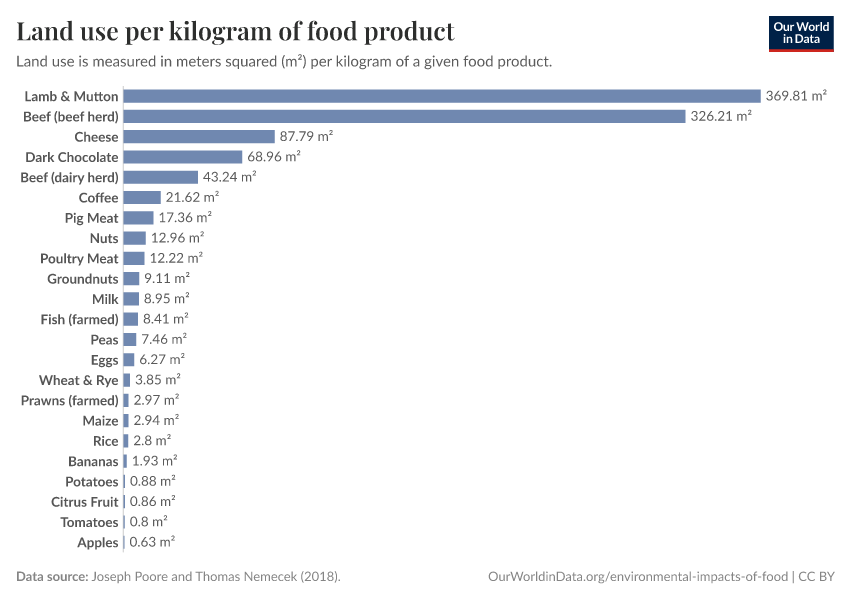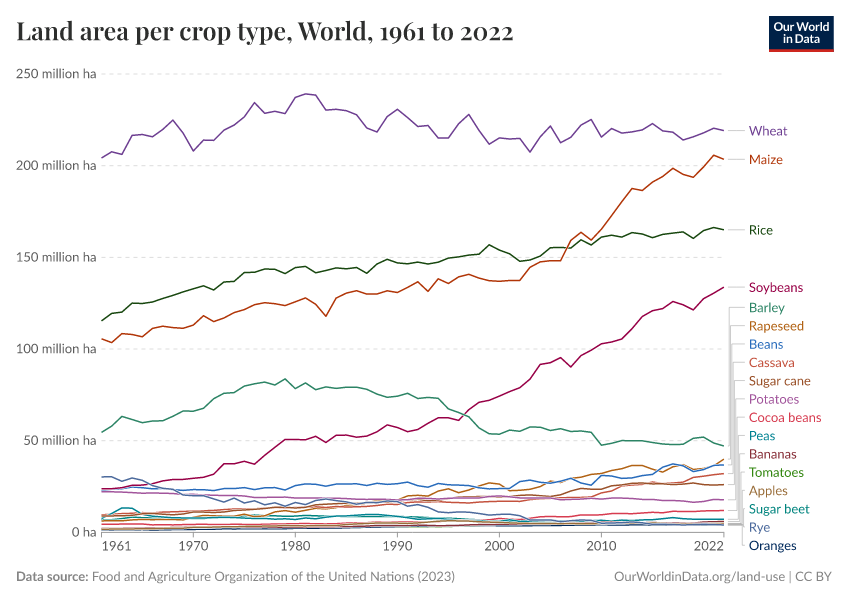Crop-Specific Land Requirements and Optimization
Different crops require vastly different amounts of land to produce equivalent nutritional value, making crop selection a crucial factor in sustainable agriculture. Understanding these variations helps farmers, policymakers, and consumers make informed decisions about food production and consumption patterns.
Cereals like wheat and rice typically require less land per calorie produced compared to livestock products, while fruits and vegetables may have higher land requirements but provide essential micronutrients. This complexity underscores the importance of diversified agricultural systems that balance efficiency with nutritional completeness.
Modern precision agriculture techniques, including GPS-guided machinery, soil sensors, and data analytics, are revolutionizing how we optimize land use for different crops. These technologies enable farmers to maximize yields while minimizing environmental impact, creating more sustainable food production systems.



